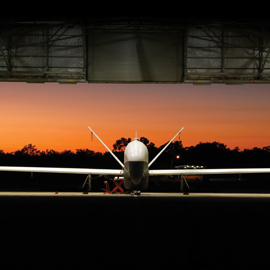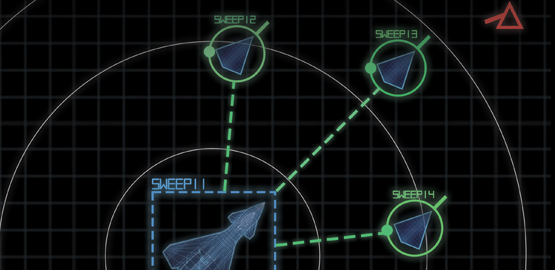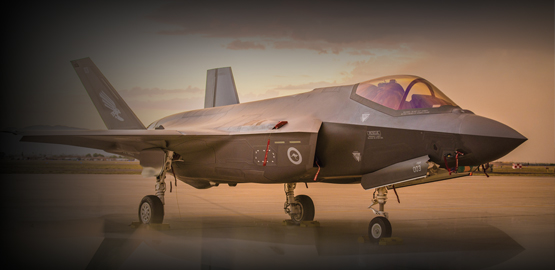Publications
"Nobody does defense policy better than CSBA. Their work on strategic and budgetary topics manages to combine first-rate quality and in-depth research with timeliness and accessibility—which is why so many professionals consider their products indispensable." – Gideon Rose, Editor of Foreign Affairs, 2010-2021
Speeding Toward Instability? Hypersonic Weapons and the Risks of Nuclear Use
Today, states are pursuing an array of supposedly "disruptive" or "game-changing" technologies that could alter how they organize, train, equip, and employ their forces, including their nuclear forces. The 2022 National Defense Strategy emphasized the link between some of these technologies and the risk of nuclear use, noting that "a wide range of new or fast-evolving technologies and applications are complicating escalation dynamics and creating new challenges for strategic stability."
2022 Annual Report
For nearly three decades, CSBA has provided consistent, high-quality, and innovative research on defense strategy, budgets, and the security environment.
Big Centralization, Small Bets, and the Warfighting Implications of Middling Progress: Three Concerns about JADC2’s Trajectory
Warfare has always been a contest of incomplete information and imperfect control, with each side straining to find the enemy in an unfavorable position and coordinate his destruction. Although the technologies used to surveil, communicate, and attack have changed throughout history, the advantages gained from scouting and synchronizing more effectively than one’s opponent have endured. Stripped of its jargon, the Joint All-Domain Command and Control (JADC2) vision of integrating sensors and shooters comprises merely the latest Pentagon effort to provide U.S. forces with the timeless military advantages of superior information and control. This basic thrust of JADC2 represents a vital objective worth pursuing – even if the idealized outcome, fully integrated C2, likely remains as unattainable today as when the epigram appeared 60 years ago.
Testimony to the Strategic Forces Subcommittee of the Senate Armed Services Committee on Regional Nuclear Deterrence
On March 28, 2023, CSBA Senior Fellow and Director of Research and Studies, Dr. Evan B. Montgomery, testified before the United States Senate Committee on Armed Services' Subcommittee on Strategic Forces regarding regional nuclear deterrence.
Air Power Metamorphosis: Rethinking Air Force Combat Force Modernization
For the past three decades, Chinese leadership has closely studied the United States’ power projection capabilities and concept of operations. Consequently, the People’s Liberation Army (PLA) has tailored its anti-access/area denial approach and air defenses to prevent the United States from leveraging its current strengths. A short- or medium-range concept of air power is unlikely to be successful for power projection or deterrence in the Western Pacific, and a change in direction for the U.S. Air Force is likely necessary.
Innovating for Great Power Competition: An Examination of Service and Joint Innovation Efforts
Following nearly two decades of counterinsurgency in the Greater Middle East, the United States Department of Defense finds itself looking to the Cold War for lessons on how to adapt to the operational challenges presented by China and Russia. To modernize its platforms, doctrine, and force structure to compete with and defeat 21st-century great power competitors, the military services and the Department of Defense as a whole are seeking to promote conceptual, organizational, and technological innovation within the U.S. armed forces.



























